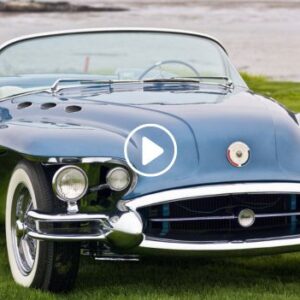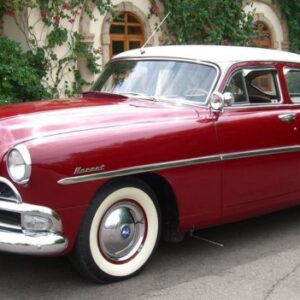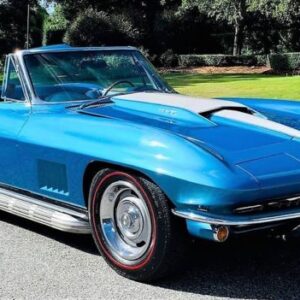The Ford Model T, also known as the “Tin Lizzie,” was a historic automobile produced by the Ford Motor Company from 1908 to 1927.

It is one of the most significant cars in automotive history. Its affordability and mass production techniques made it accessible to the average person, changing the way people lived and traveled.
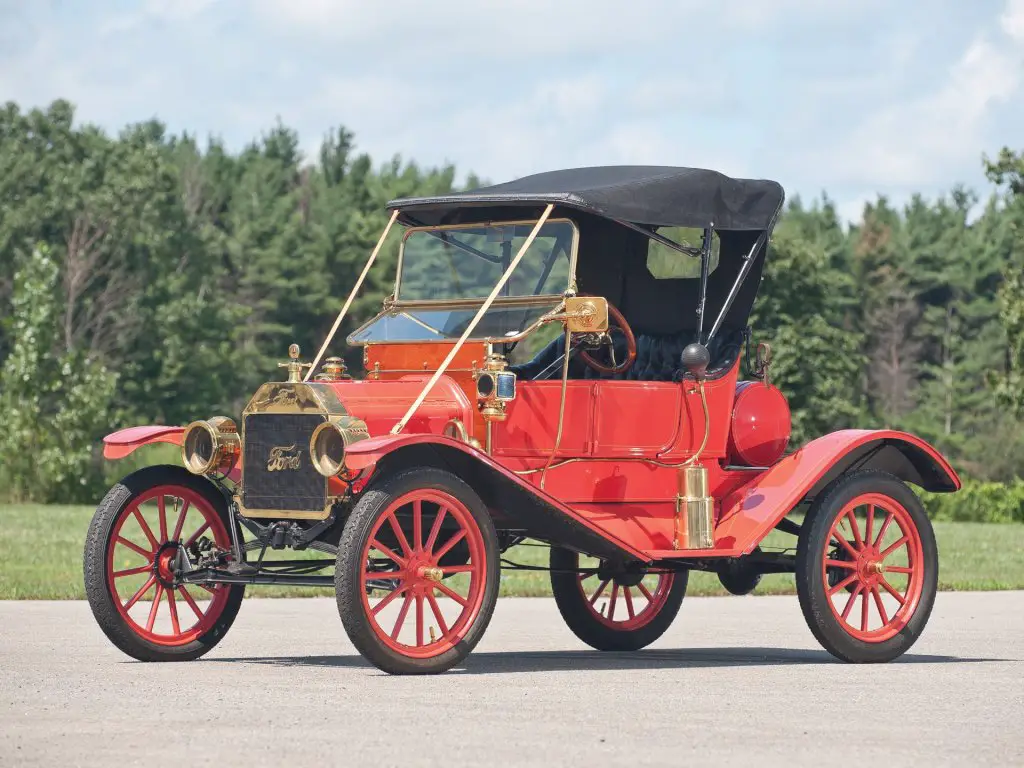
1. Introduction
The Model T was introduced on October 1, 1908, and quickly became popular due to its affordability and reliability. It was the successor to the Ford Model S and Model N. Its successor was Ford Model A
Affordable Price
The Model T was designed to be an affordable car for the average American. It was initially priced at around $825, which was significantly lower than most cars of the time. As production methods improved, the price dropped further, and by 1916, the price had decreased to $360.

Production and Sales
The production of the Model T increased over time, and by 1913, Ford’s Highland Park plant was producing over 300,000 cars a year. By 1927, when production ceased, Ford had produced around 15 million Model Ts.

Assembly Line Production
The Model T was the first car to be mass-produced on an assembly line, a method that Henry Ford and his team perfected. This innovation significantly reduced the cost of production, making the Model T more affordable.
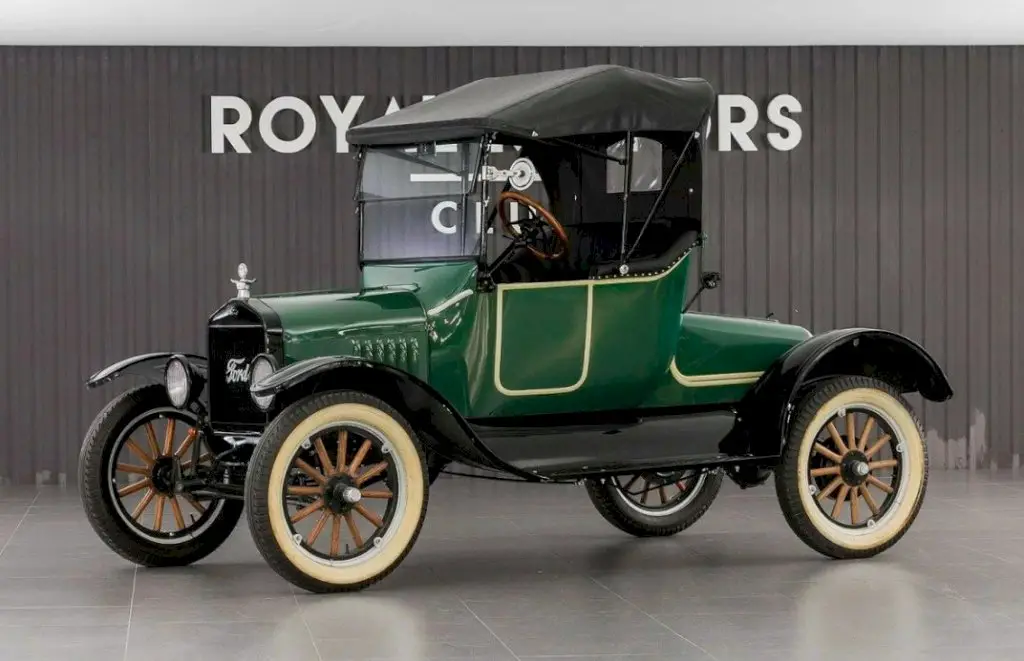
Cultural Icon
The Model T became an iconic symbol of the early automotive era. Its distinctive design, simple mechanics, and ubiquity in popular culture made it instantly recognizable. It has been featured in literature, film, and art, serving as a nostalgic symbol of a bygone era.
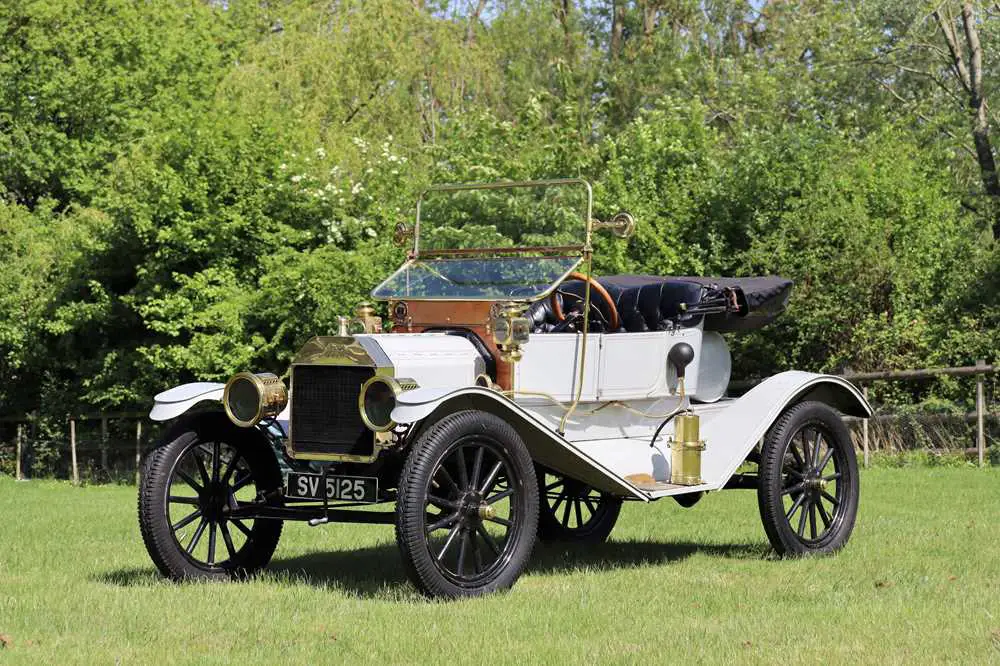
Rarity and Originality
Limited production runs of specific Model T variations, rare features, or unique factory options can increase the collectibility of a particular vehicle. Uncommon or rare variants, such as early brass-era Model Ts, can command higher prices and attract collectors looking for something special.
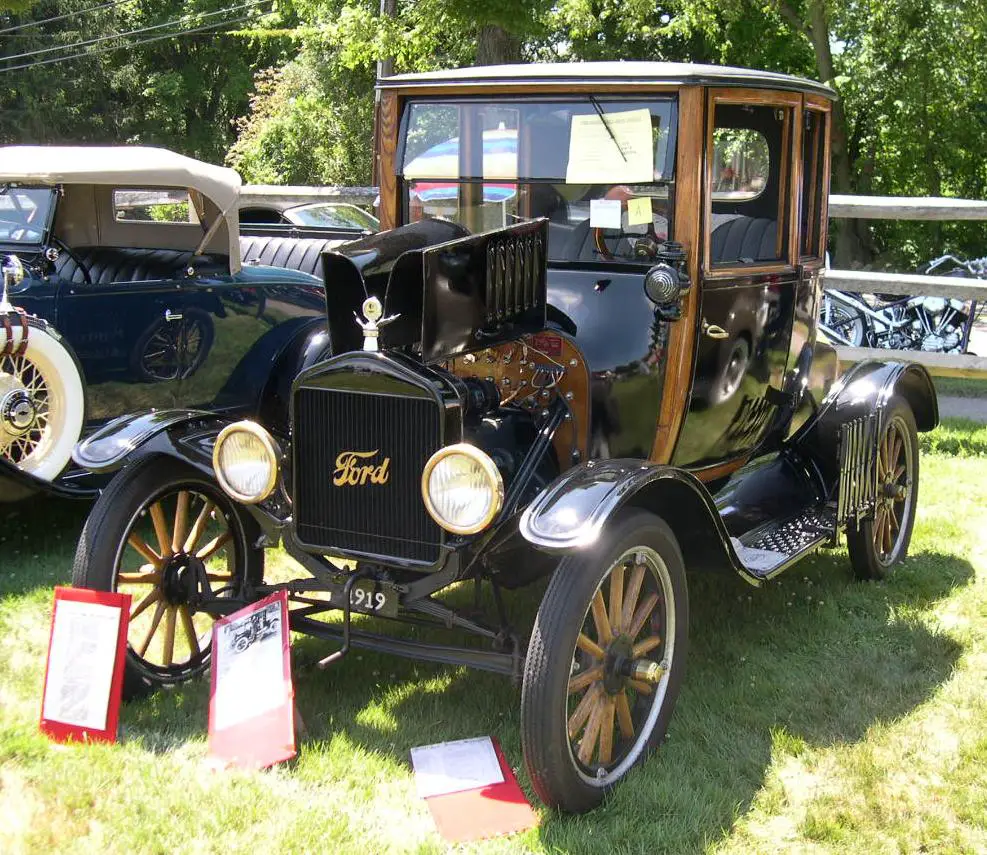
Popularity and Demand
The Model T’s widespread recognition and popularity contribute to its collectibility. As a cultural icon and symbol of automotive history, there is a dedicated community of Model T enthusiasts and collectors worldwide, driving demand for these vehicles.
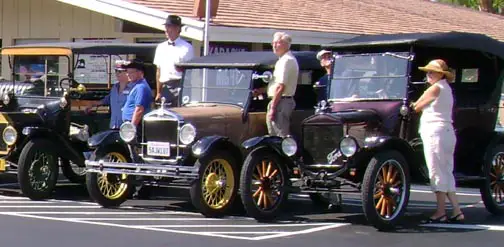
2. Design
Its simple and functional design, combined with innovative manufacturing techniques, allowed Ford to produce the car at a large scale and make it accessible to the average consumer.
Body Design
The Model T had a distinctive boxy and utilitarian design. It featured a high, flat-sided body with straight lines and a square shape. The body was made of a combination of wood and steel panels.

Open-Top Configuration
The majority of Model Ts produced were open-top vehicles, featuring a convertible roof that could be manually folded down. This design allowed for a more spacious interior and easy access to the vehicle.
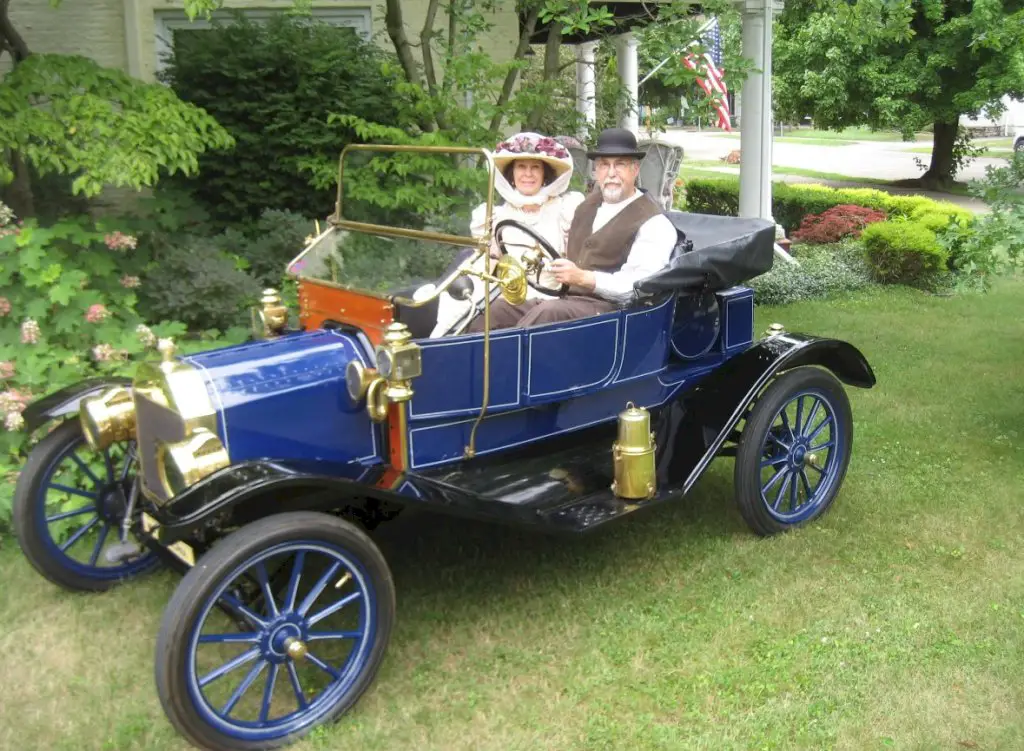
Black Paint
In the early years of production, the Model T was only available in one color: black. This was primarily due to black paint drying faster, which helped speed up the assembly line production process.
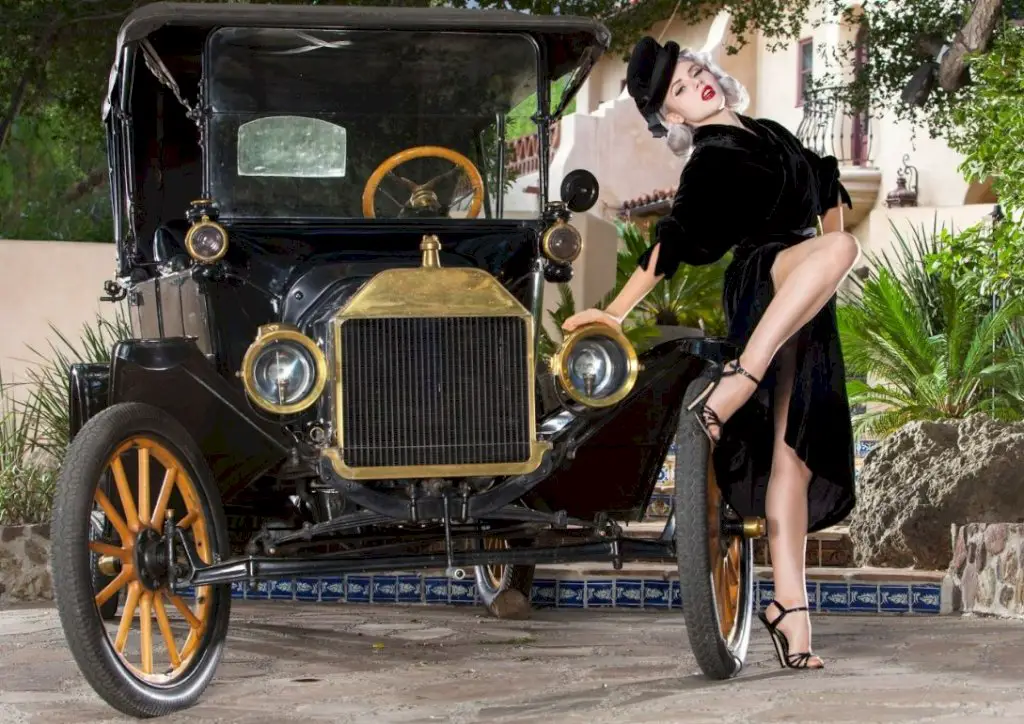
Spoked Wheels
The Model T came with large spoked wheels that were durable and suitable for various road conditions. Initially, the wheels were made of wood, but later versions featured steel-spoked wheels.
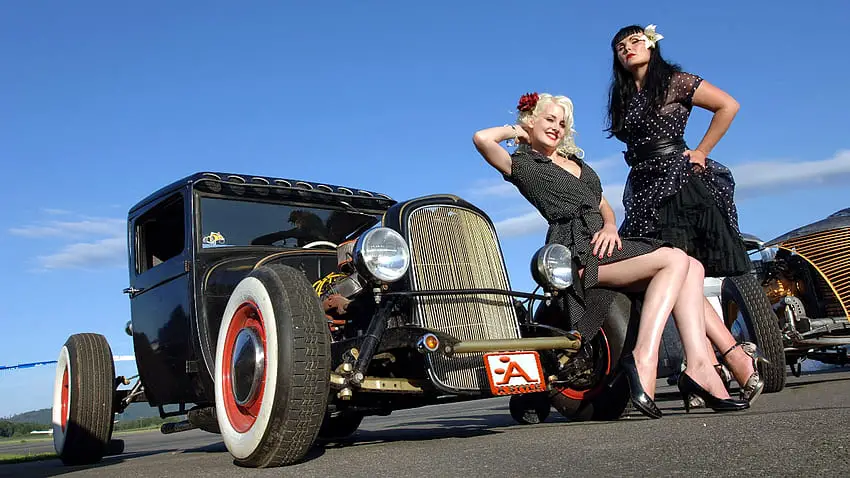
Simple Interior
The interior of the Model T was minimalistic yet functional. It featured a basic bench seat upholstered in fabric or leather, a steering wheel, and a few essential gauges. The controls and instrumentation were straightforward and easy to understand.
Right-Hand Drive
The early Model Ts were right-hand drive vehicles, which means the driver’s seat was positioned on the right side. However, in 1909, Ford switched to left-hand drive to conform to the standard in the United States.
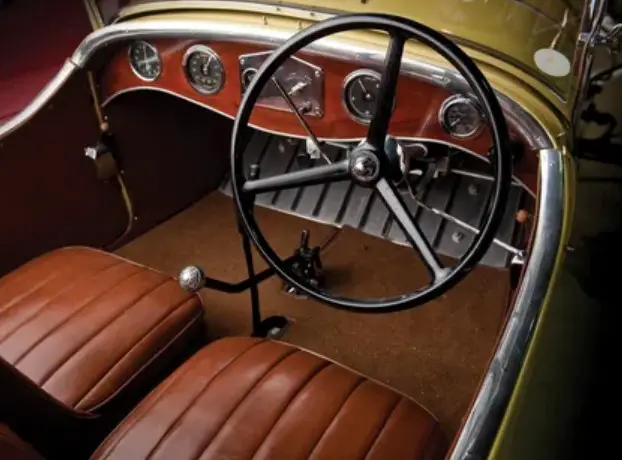
High Ground Clearance
The Model T had a relatively high ground clearance, which made it suitable for navigating rough and unpaved roads. This design feature allowed the car to travel over uneven terrain without getting stuck.
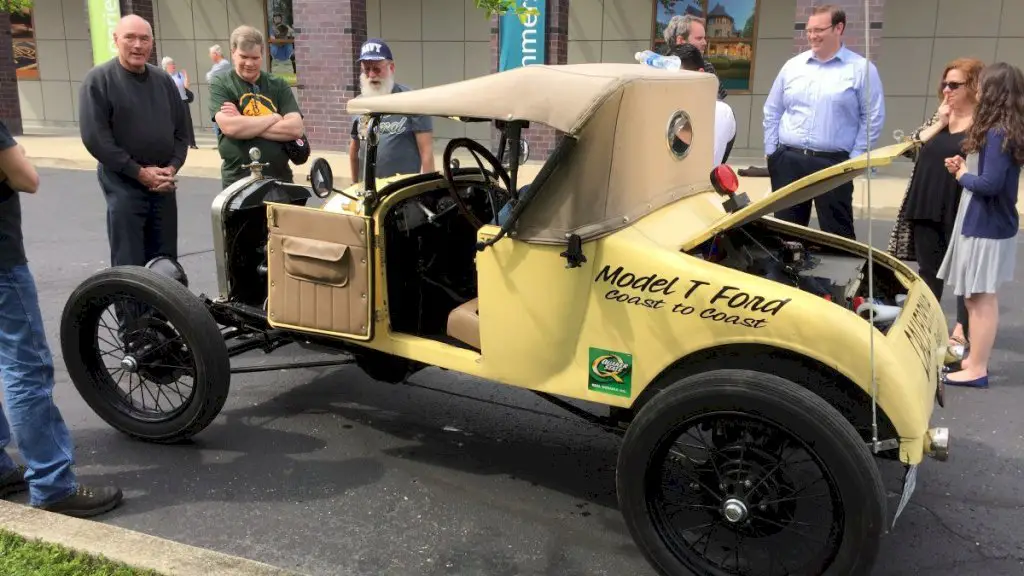
Driving Controls
The Model T had a manual and unique set of controls for various functions. It had three foot pedals: the left pedal was used for changing gears, the middle pedal operated reverse gear, and the right pedal controlled the brakes. The throttle was controlled by a lever on the steering column.
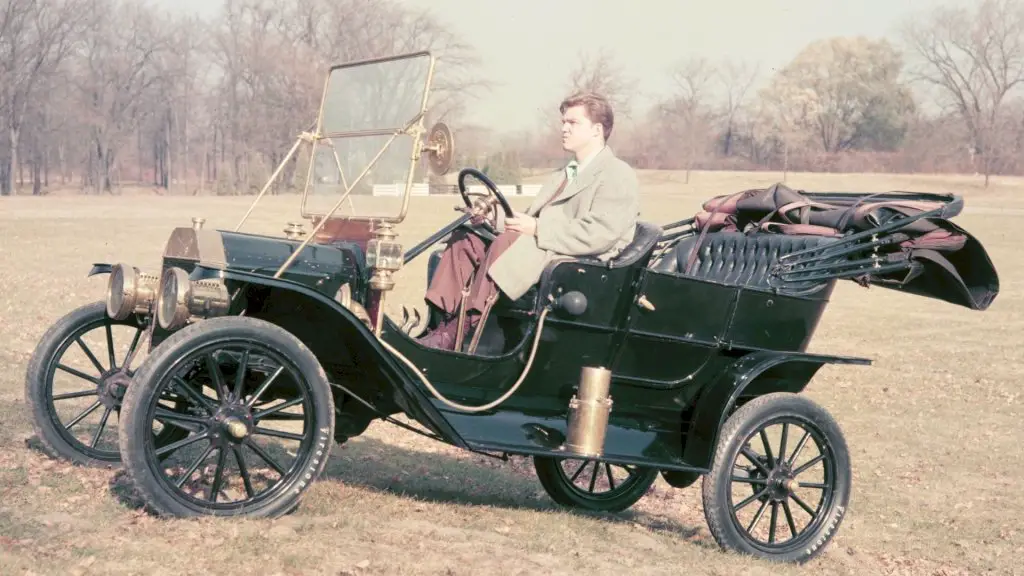
Lightweight Construction
The Model T was designed to be lightweight yet sturdy. The body construction used a combination of wood and steel, which helped keep the weight down while maintaining strength.
Evolving Design
While the overall design of the Model T remained relatively consistent throughout its production run, there were several updates and improvements made over the years. These included changes to the radiator design, lights, and other smaller details to keep up with evolving automotive technology and customer preferences.

3. Engine
The Ford Model T was equipped with a four-cylinder, internal combustion engine. Here are some details about the engine used in the Model T:
Configuration
The engine in the Model T was an inline four-cylinder design, meaning all the cylinders were arranged in a single row.
Displacement
The early Model Ts produced from 1908 to 1920 had an engine displacement of 2.9 liters (177 cubic inches). However, after 1920, the engine displacement was reduced to 2.8 liters (170 cubic inches).
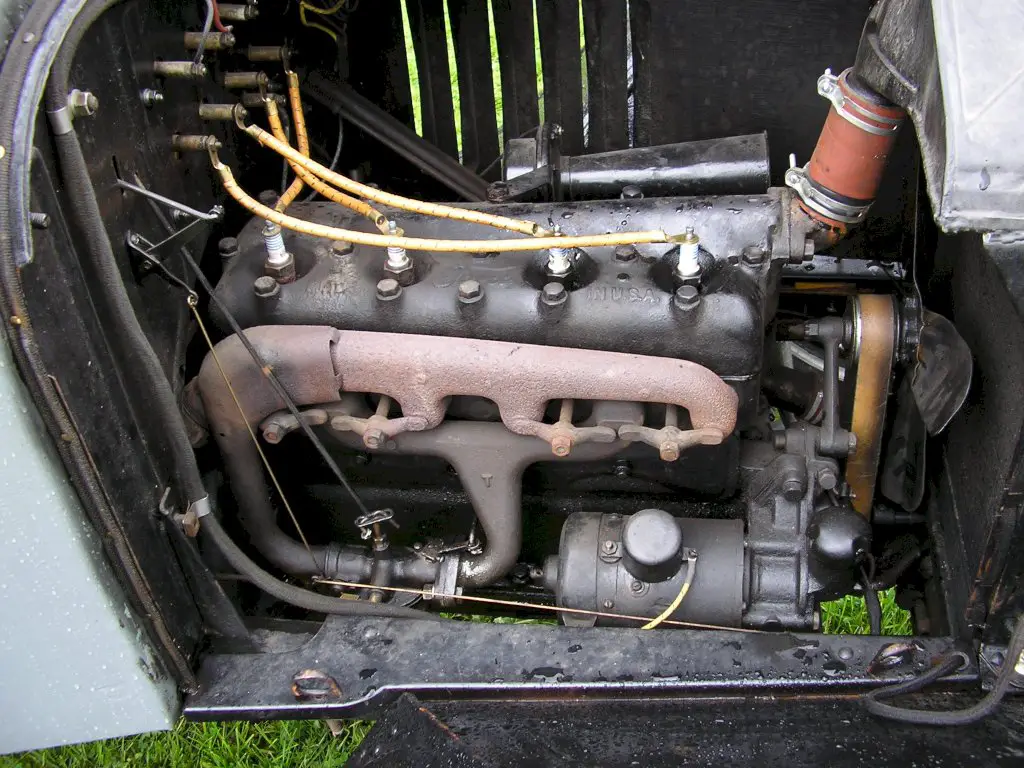
Fuel System
The Model T engine used a carburetor to mix air and gasoline for combustion. It relied on a gravity-fed fuel system, where a fuel tank located under the front seat provided a continuous flow of fuel to the carburetor.

Ignition System
The early Model Ts had a magneto-based ignition system, which generated electricity to create sparks for ignition. Later versions of the Model T, starting from 1919, were equipped with a battery-powered ignition system that included a coil and spark plugs.

Cooling System
The engine used a simple thermosiphon cooling system. It relied on natural convection, where heated coolant rises and circulates through the engine, while cooler coolant flows back down to the radiator for cooling. The radiator was mounted at the front of the vehicle.
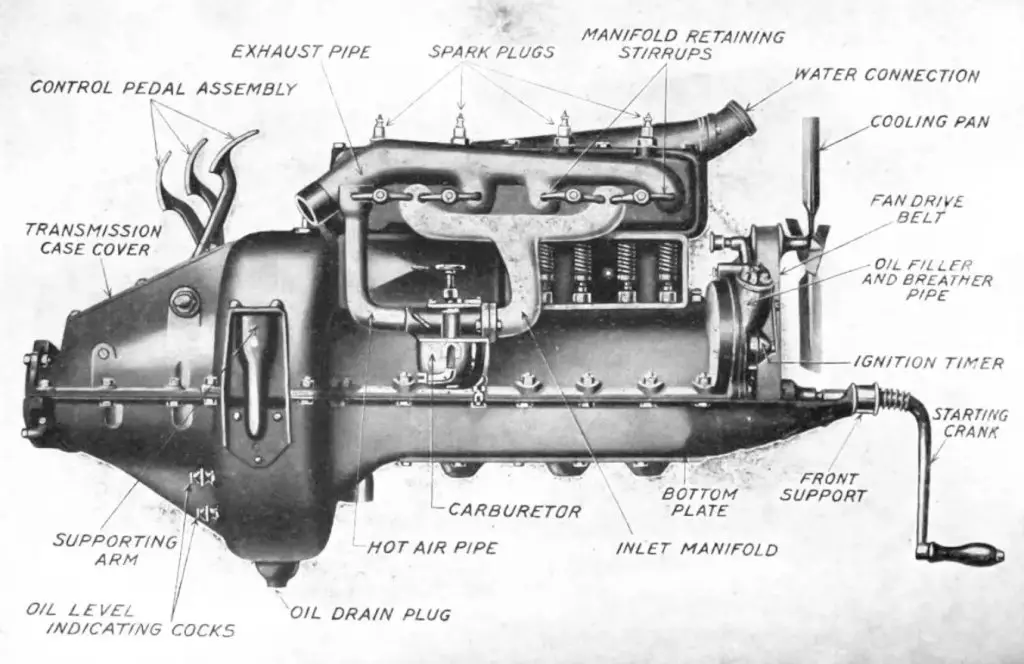
Transmission
The Model T engine was mated to a planetary transmission system, often referred to as a “two-speed planetary” or “planetary gear transmission.” It featured two forward gears and one reverse gear.
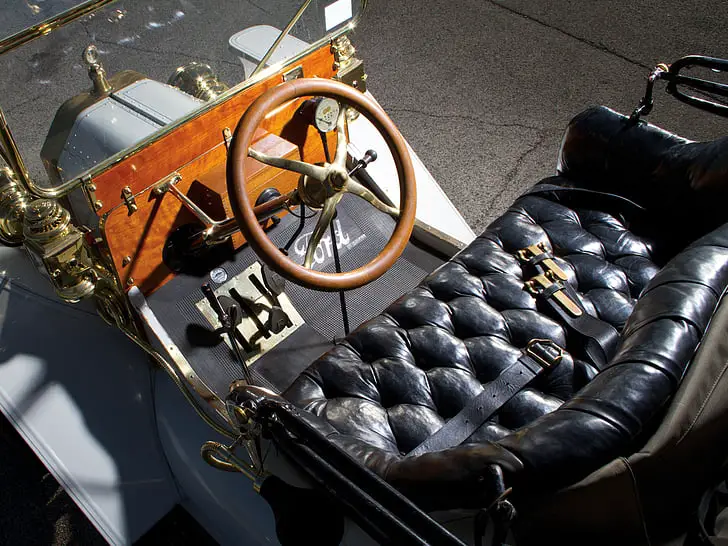
Lubrication
The engine employed a splash lubrication system. The rotating parts of the engine would splash oil onto other components, ensuring lubrication and reducing friction.
Construction and Material
The Model T engine was made of cast iron. It featured a detachable cylinder head and removable aluminum pistons.
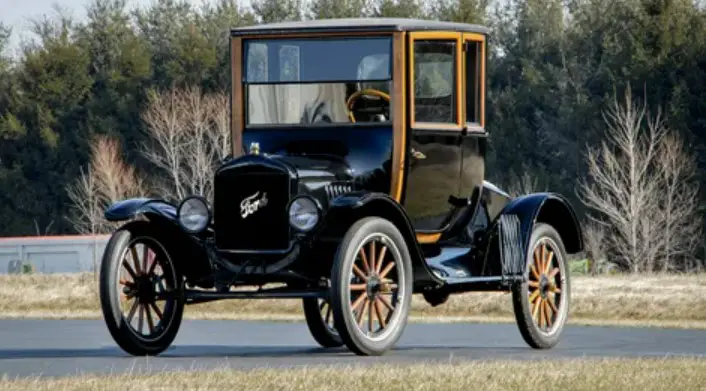
Reliability and Simplicity
The Model T engine was known for its durability and reliability. It had a relatively simple design, making it easier to maintain and repair, which was important considering the limited mechanical expertise of early car owners.

4. Performance
The performance of the Ford Model T can be described in the context of its time. While it may seem modest by modern standards, the Model T’s performance was considered sufficient and even impressive during the early 20th century. Here are some performance characteristics of the Model T:
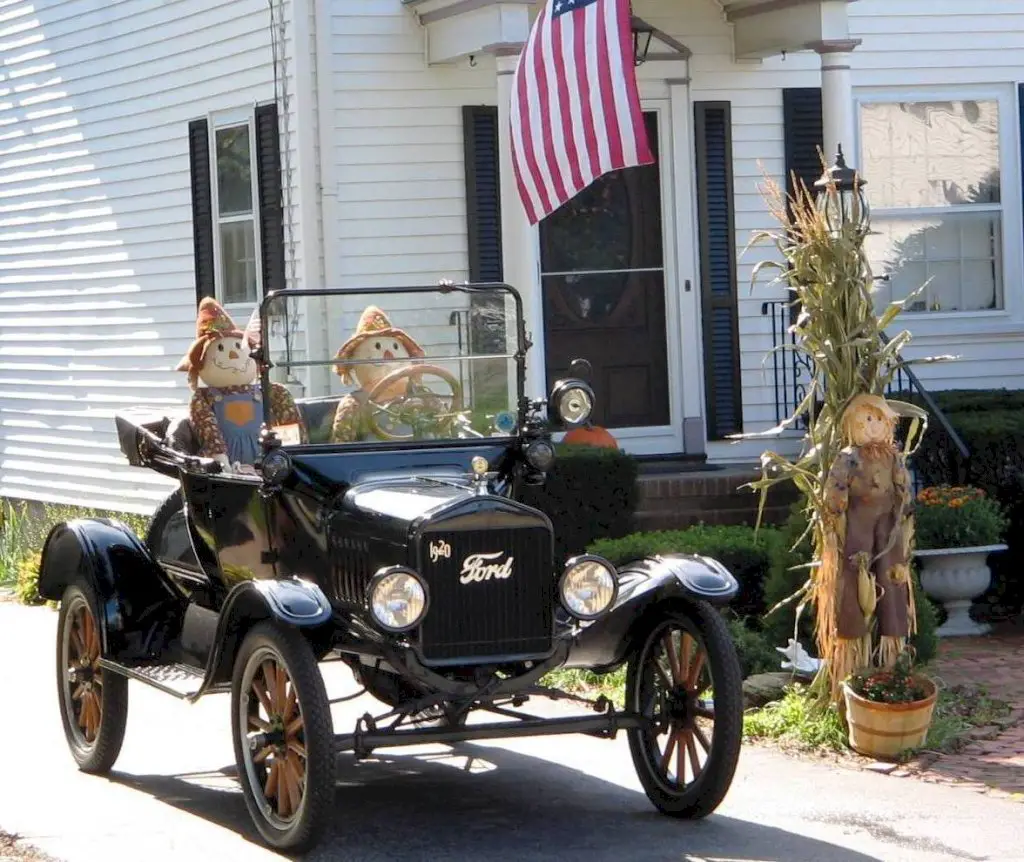
Horsepower
The engine in the Model T initially produced around 20 horsepower, but over the years, the horsepower output varied slightly due to engineering refinements. By 1926, the engine produced 20 horsepower consistently.
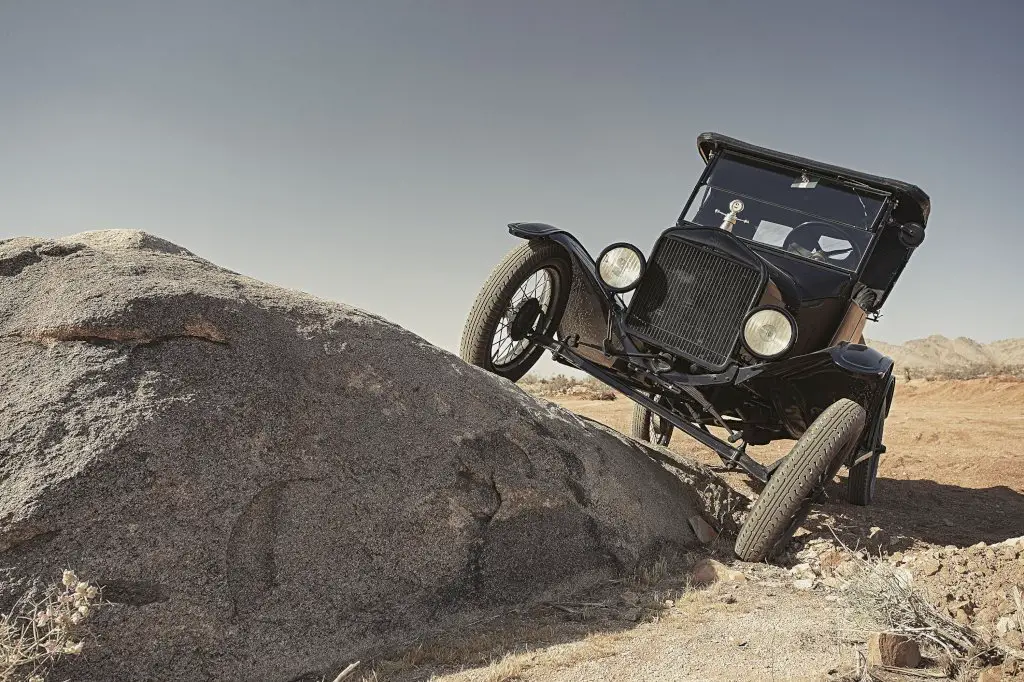
Speed
The top speed of the Model T varied depending on the model year and various factors such as road conditions and gear ratios. On average, the Model T could reach a top speed of around 40 to 45 miles per hour (64 to 72 kilometers per hour). However, it’s worth noting that many Model T owners typically drove at lower speeds, often between 25 and 35 mph (40 to 56 km/h), for optimal performance and fuel efficiency.
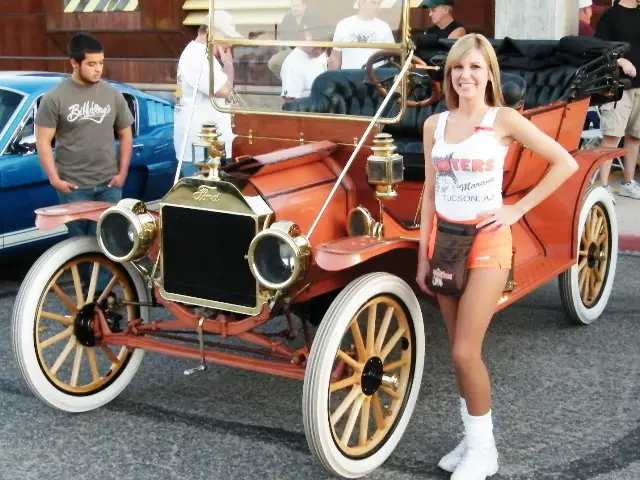
Acceleration
The Model T had a moderate acceleration for its time. It could typically go from 0 to 20 mph (0 to 32 km/h) in around 10 to 12 seconds. However, acceleration rates varied depending on factors such as engine condition, load, and terrain.
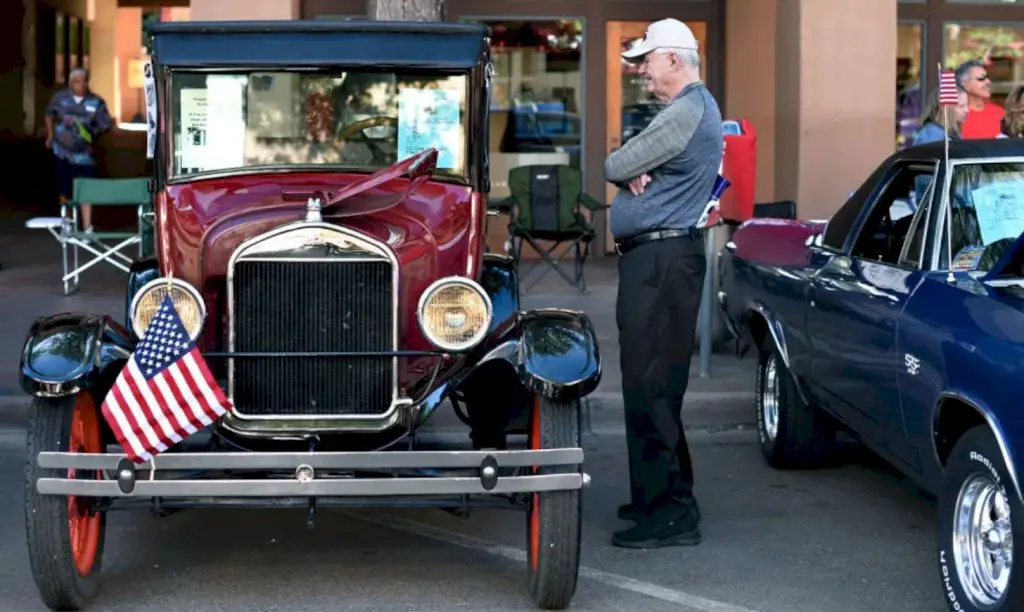
Fuel Efficiency
The Model T was relatively fuel-efficient compared to other vehicles of its era. It could achieve around 13 to 21 miles per gallon (5.5 to 8.9 kilometers per liter) of gasoline, depending on driving conditions and driving style.
Off-Road Capability
The Model T’s design and high ground clearance made it capable of traversing rough and unpaved roads. It was renowned for its ability to handle challenging terrain and often used in rural areas where road infrastructure was limited.
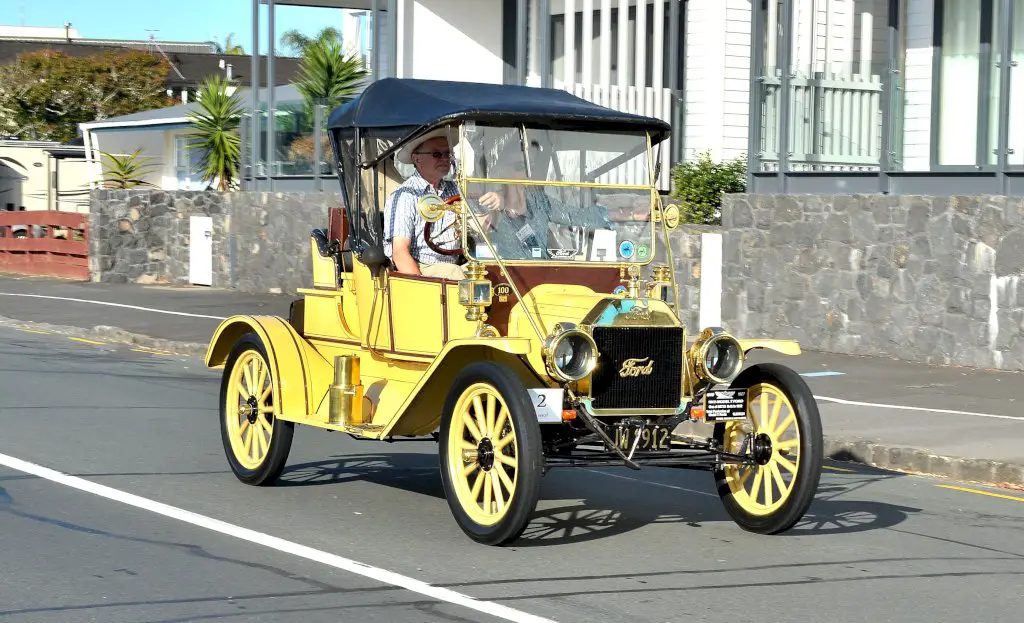
Endurance
The Model T was known for its durability and ability to withstand long journeys. It could travel for long distances without mechanical issues, which was crucial during an era when road infrastructure and repair facilities were limited.
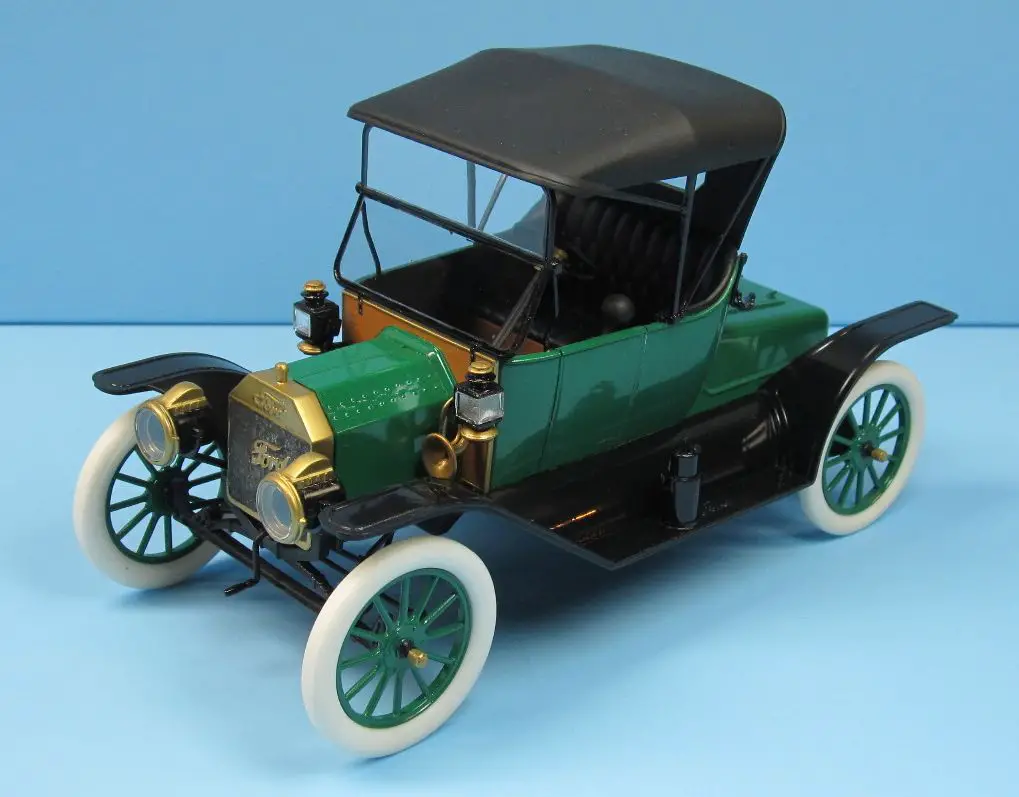
Towing and Cargo Capacity
The Model T had a towing capacity of around 1,200 to 1,500 pounds (544 to 680 kilograms), depending on the model year and configuration. It could handle hauling light loads and was commonly used for small-scale transportation purposes.

